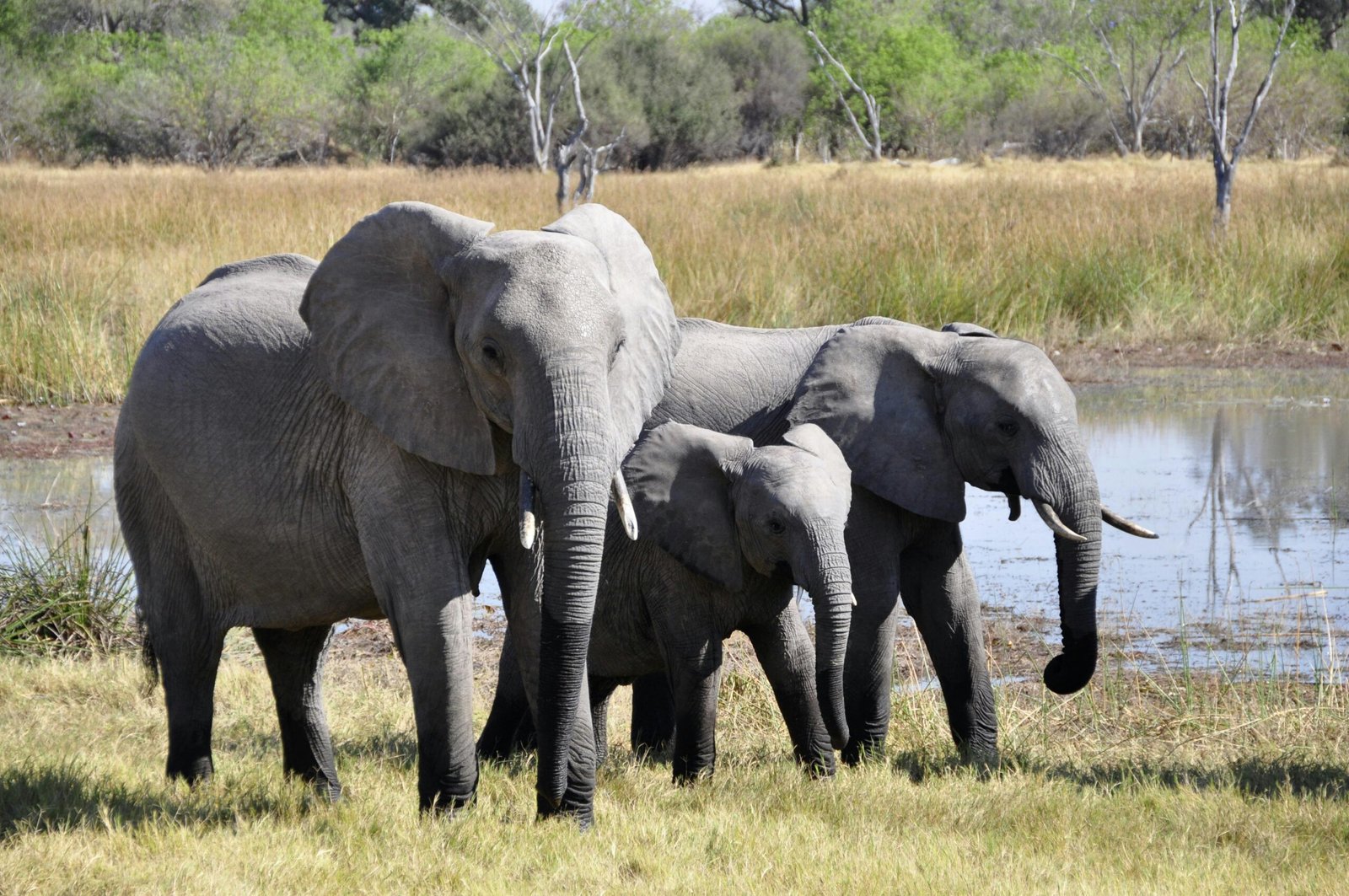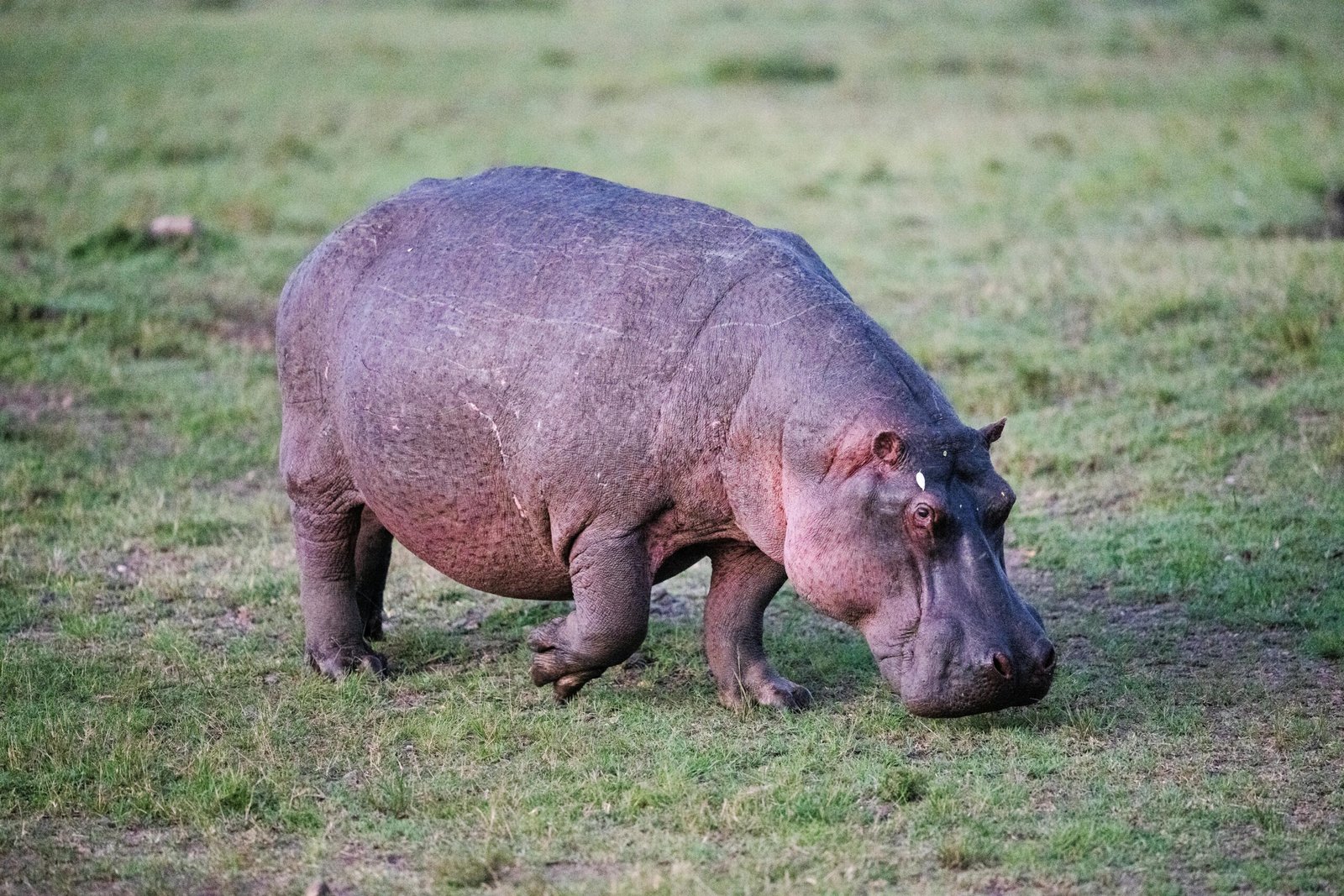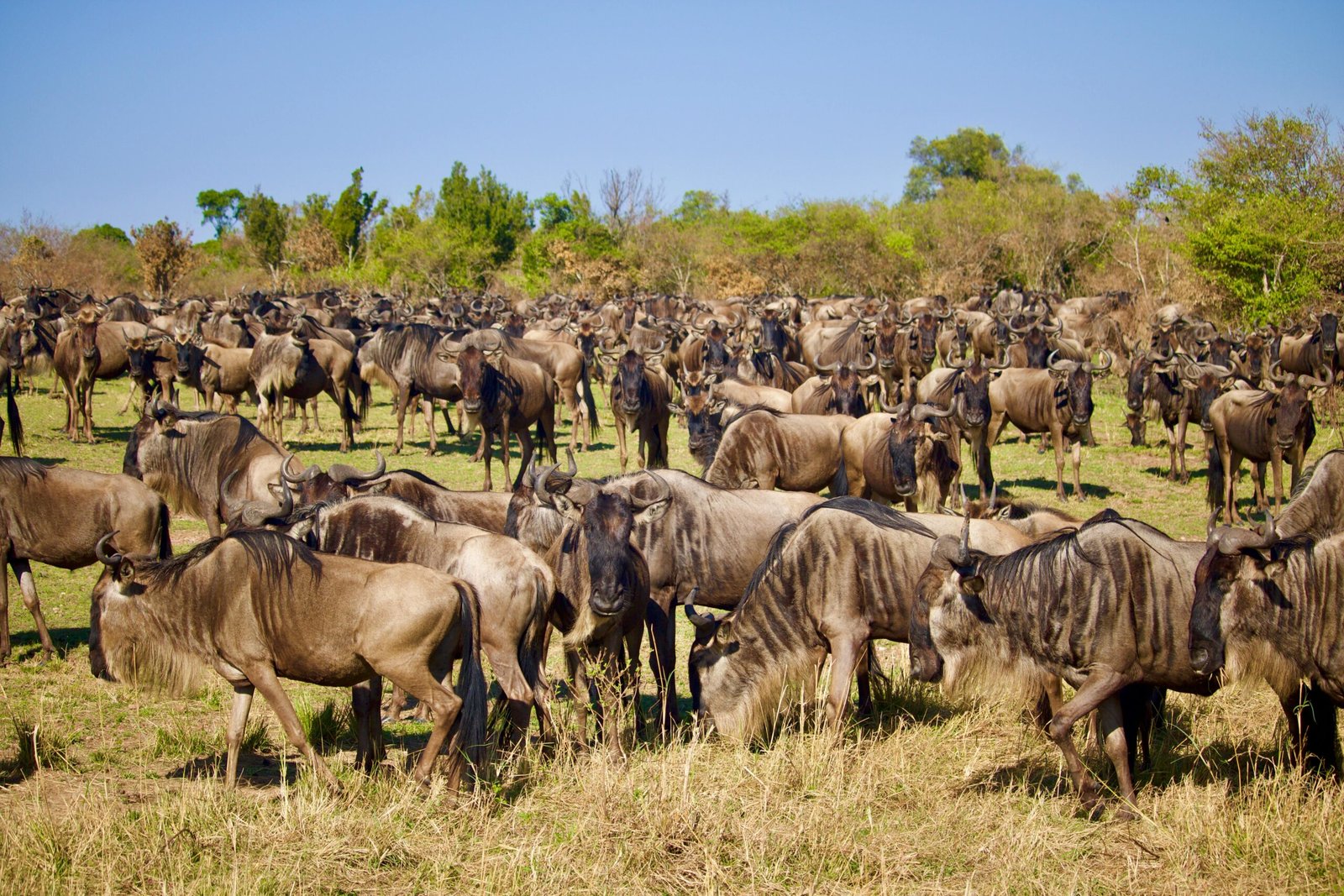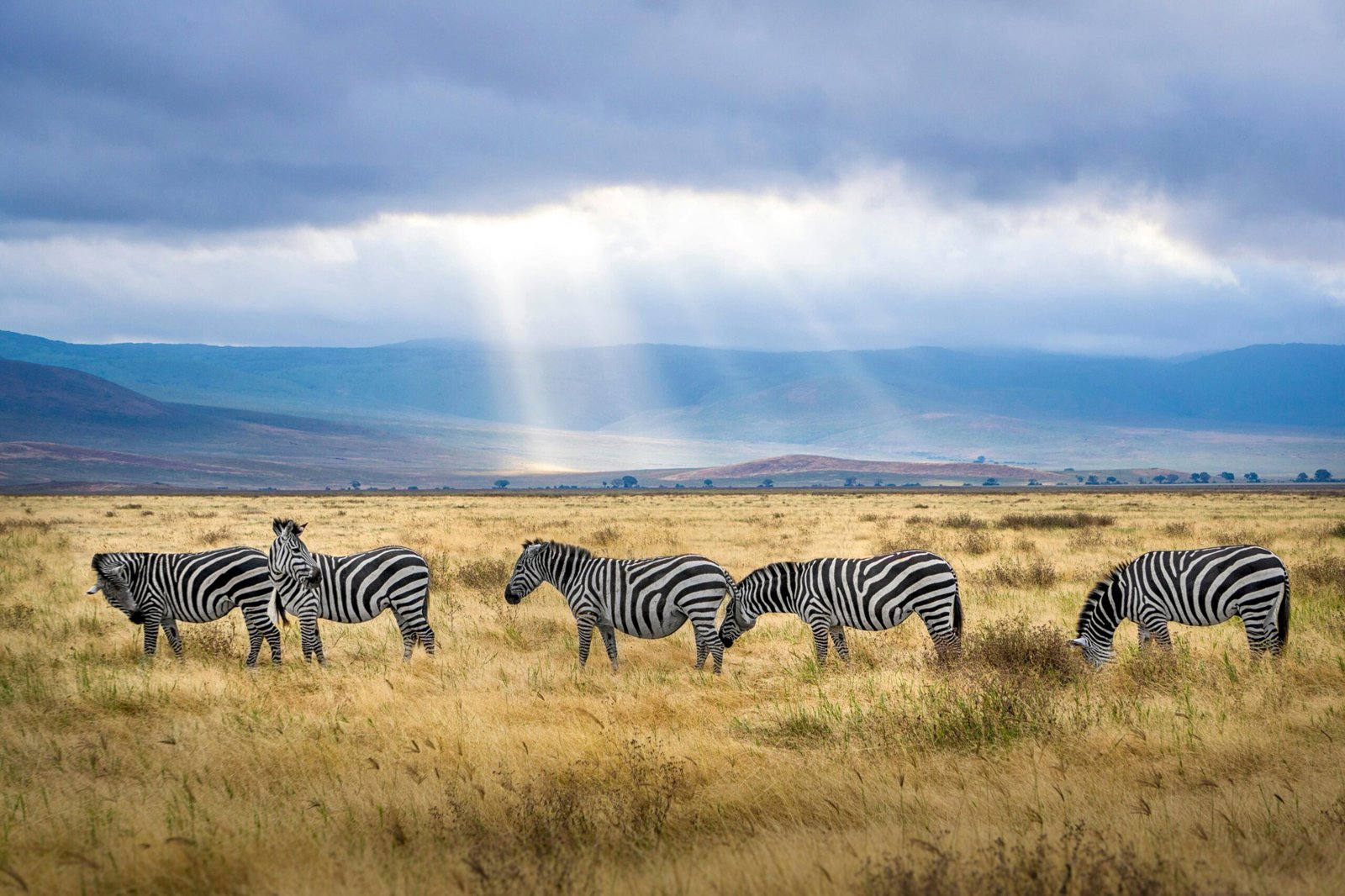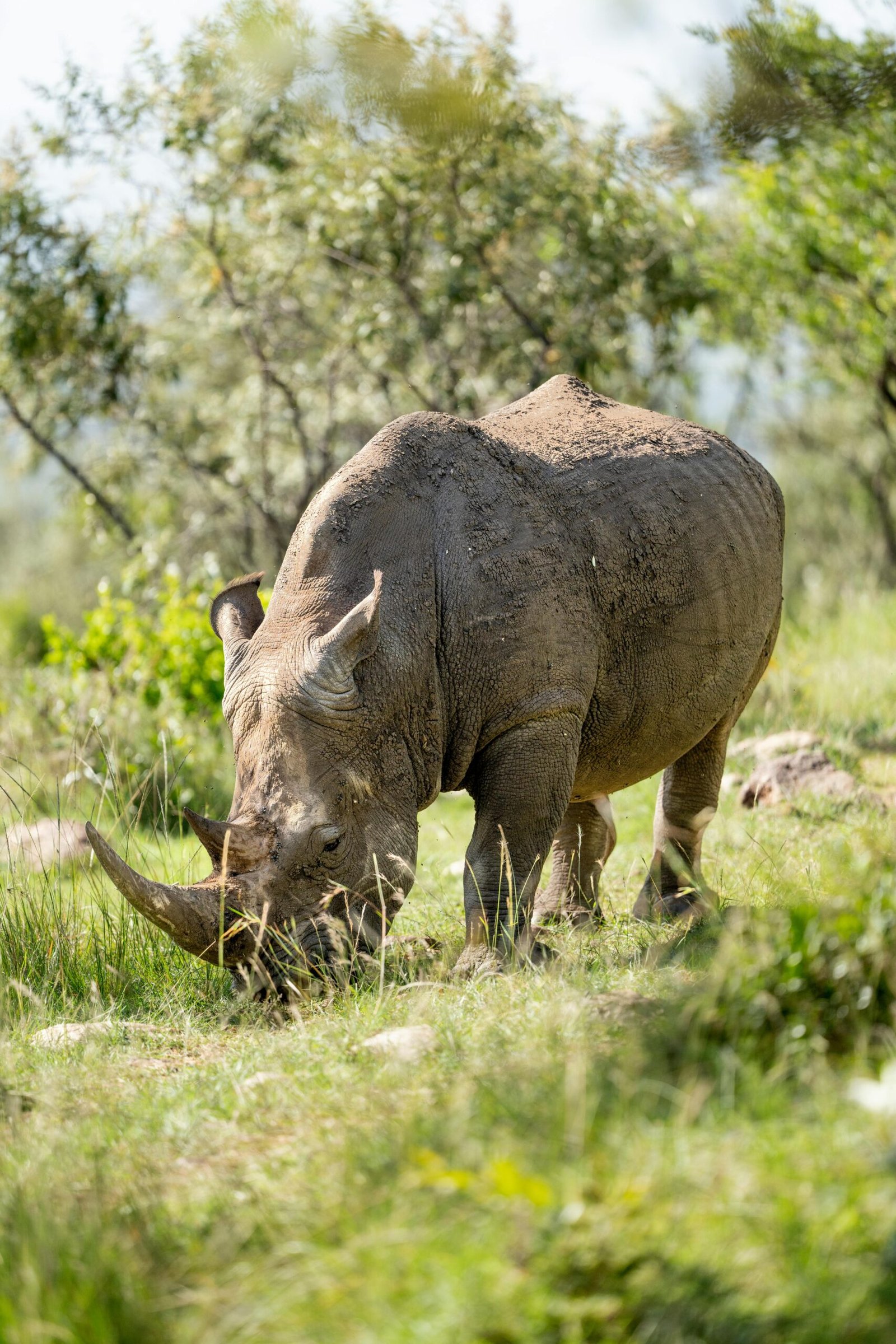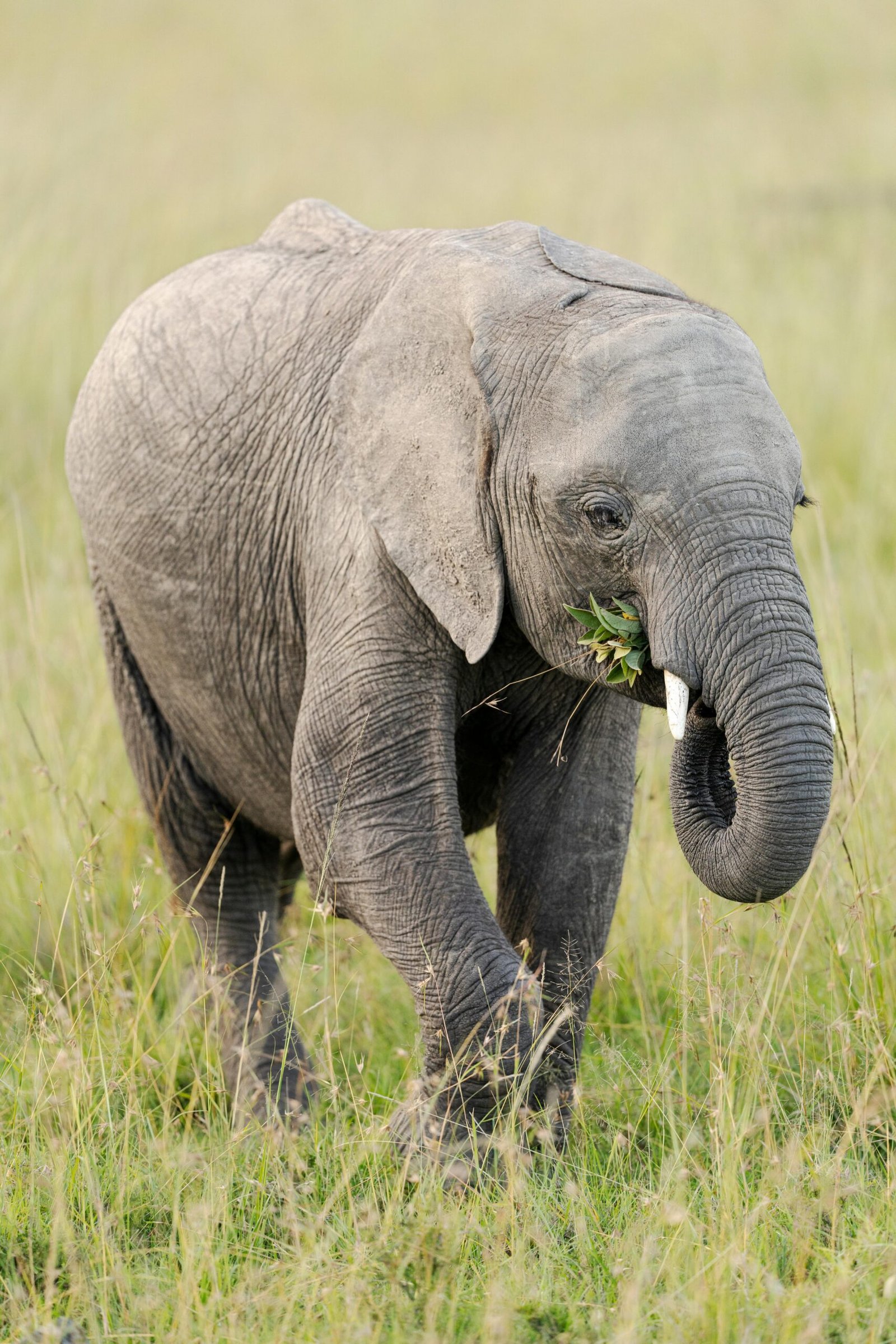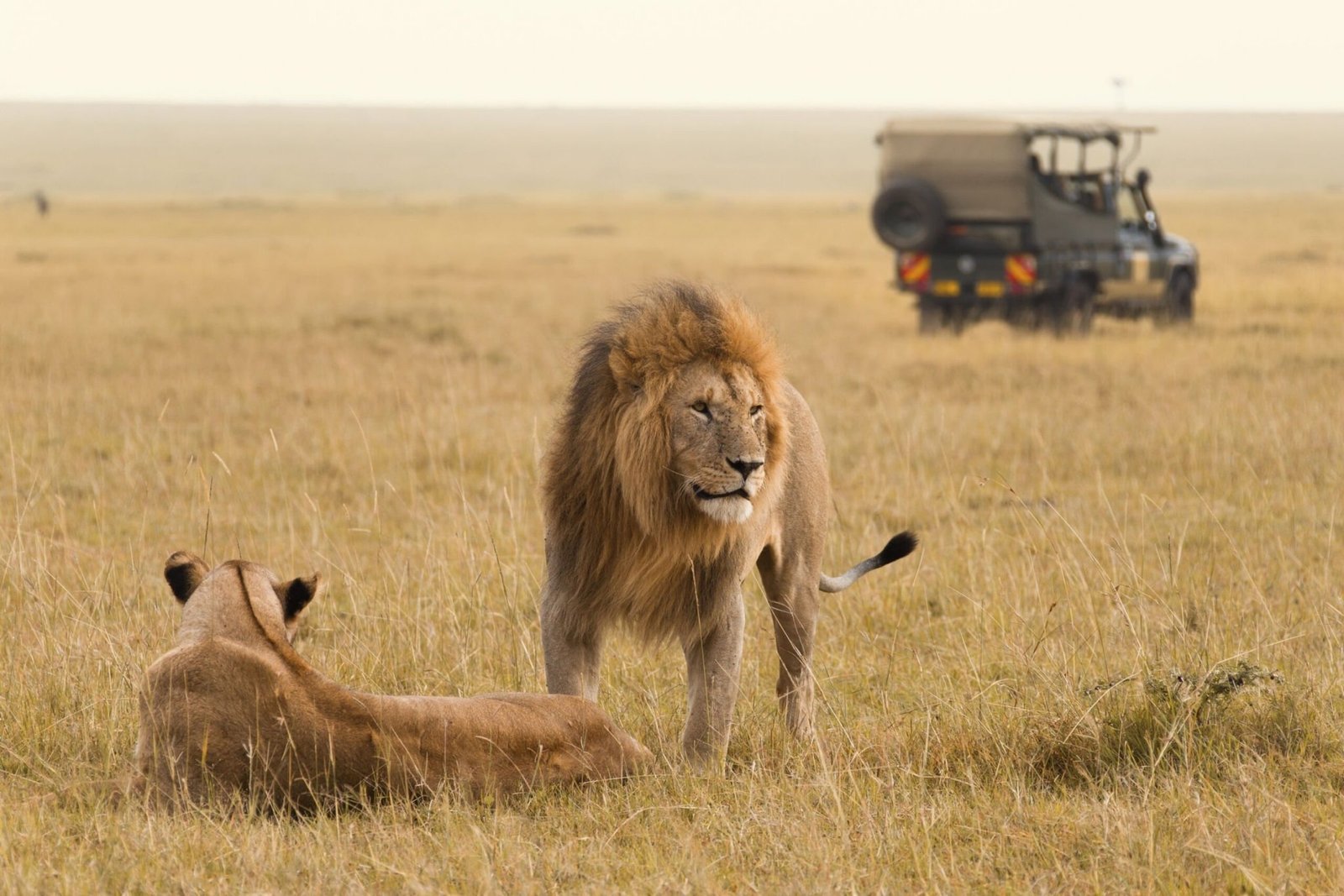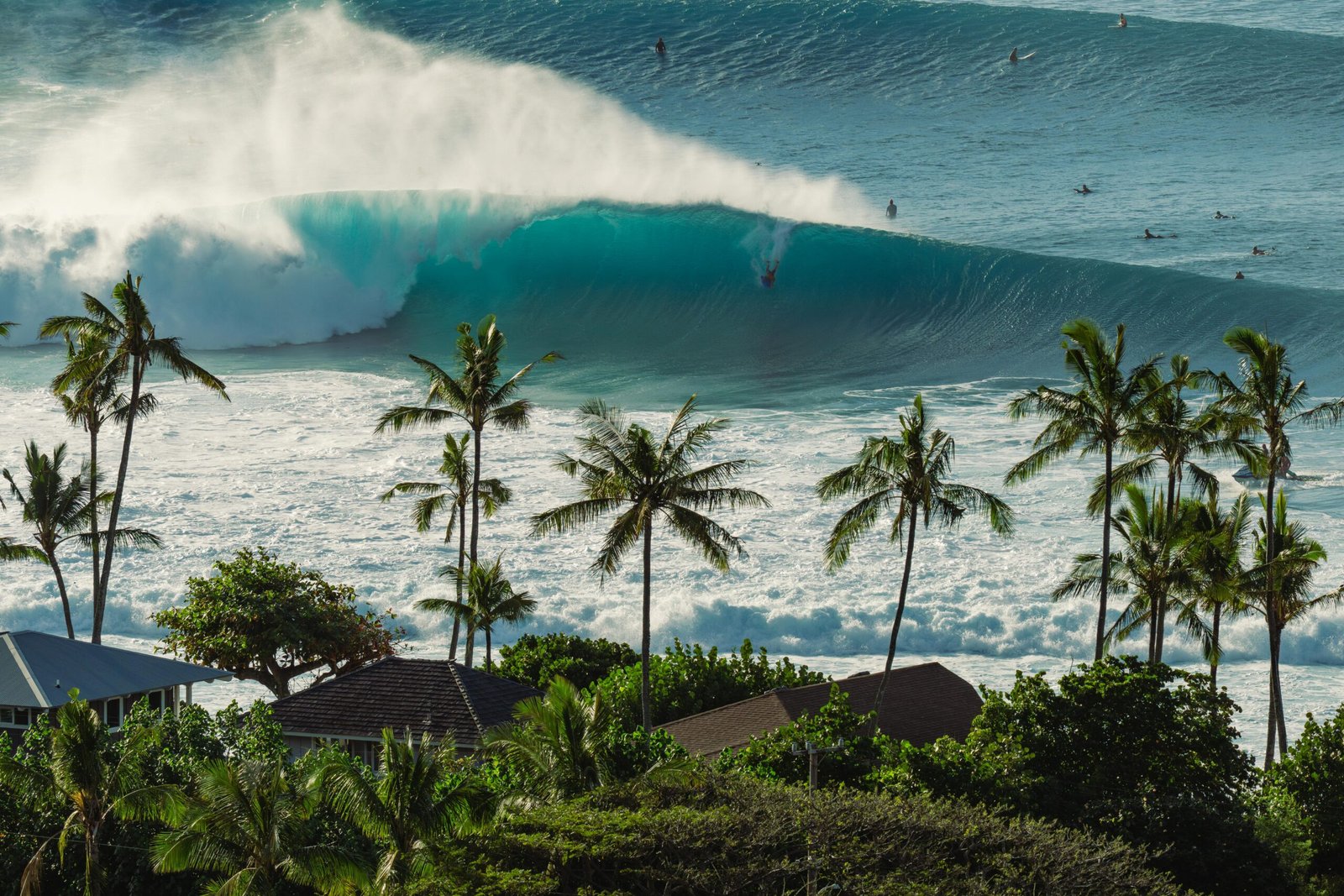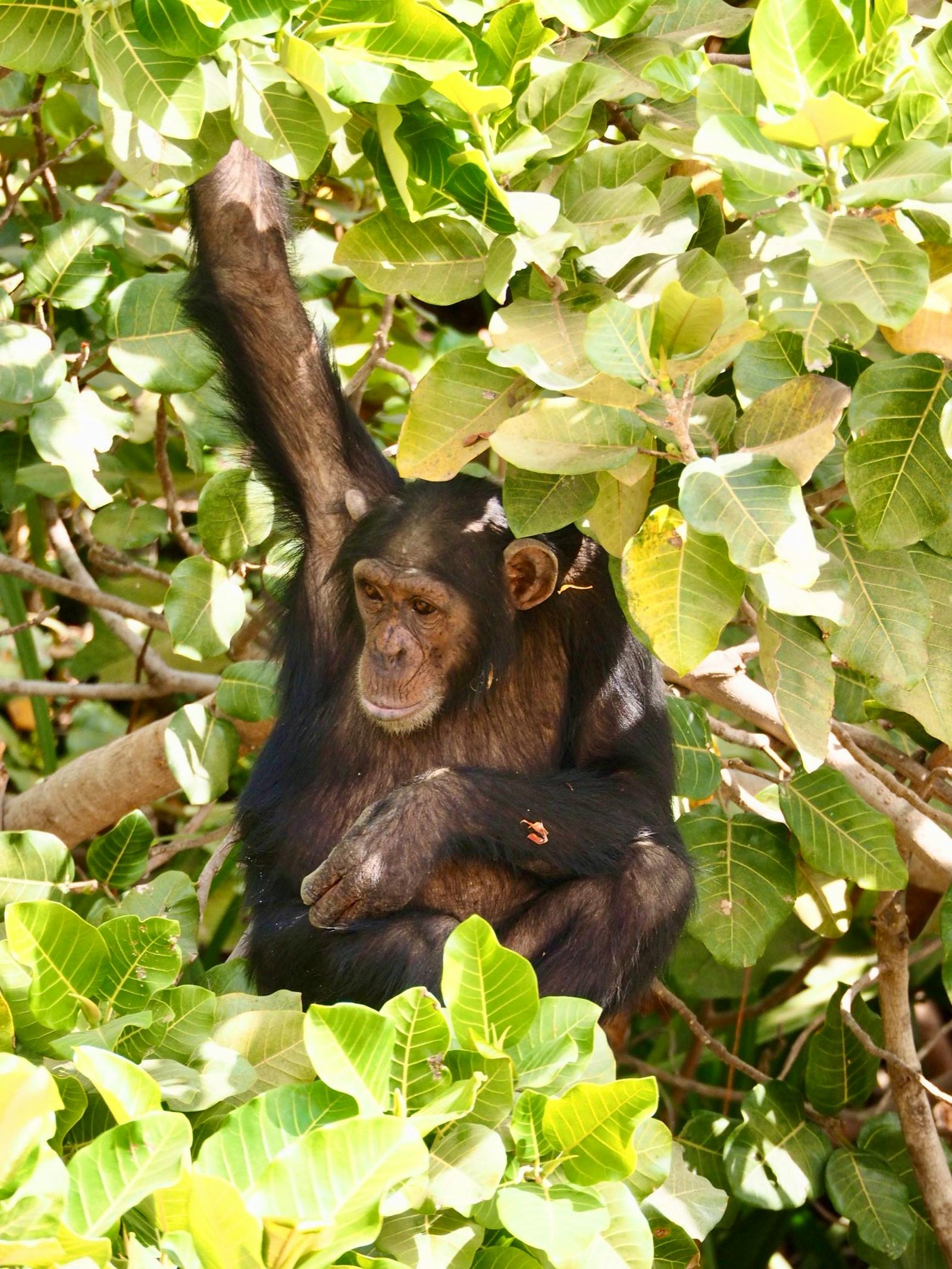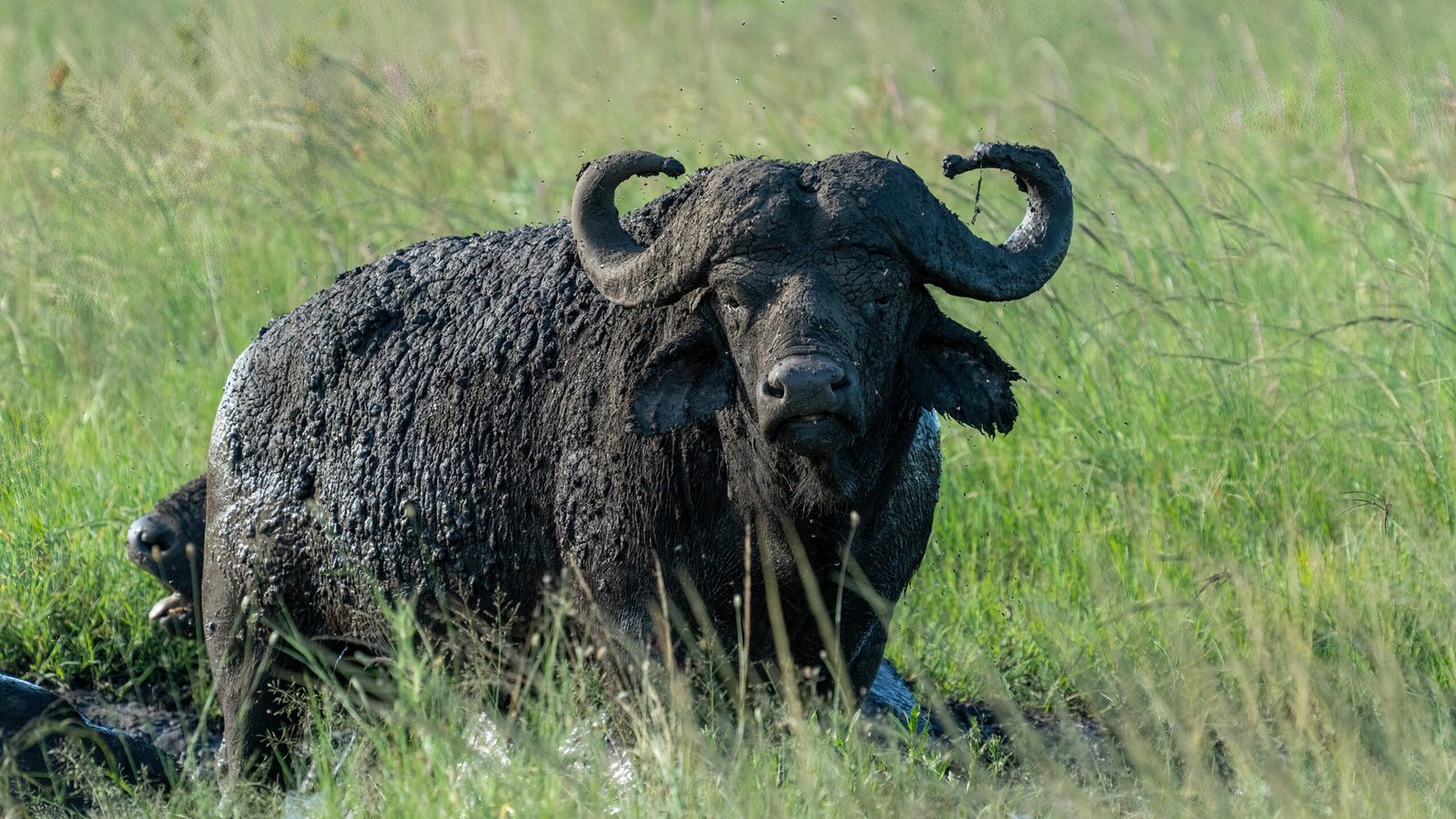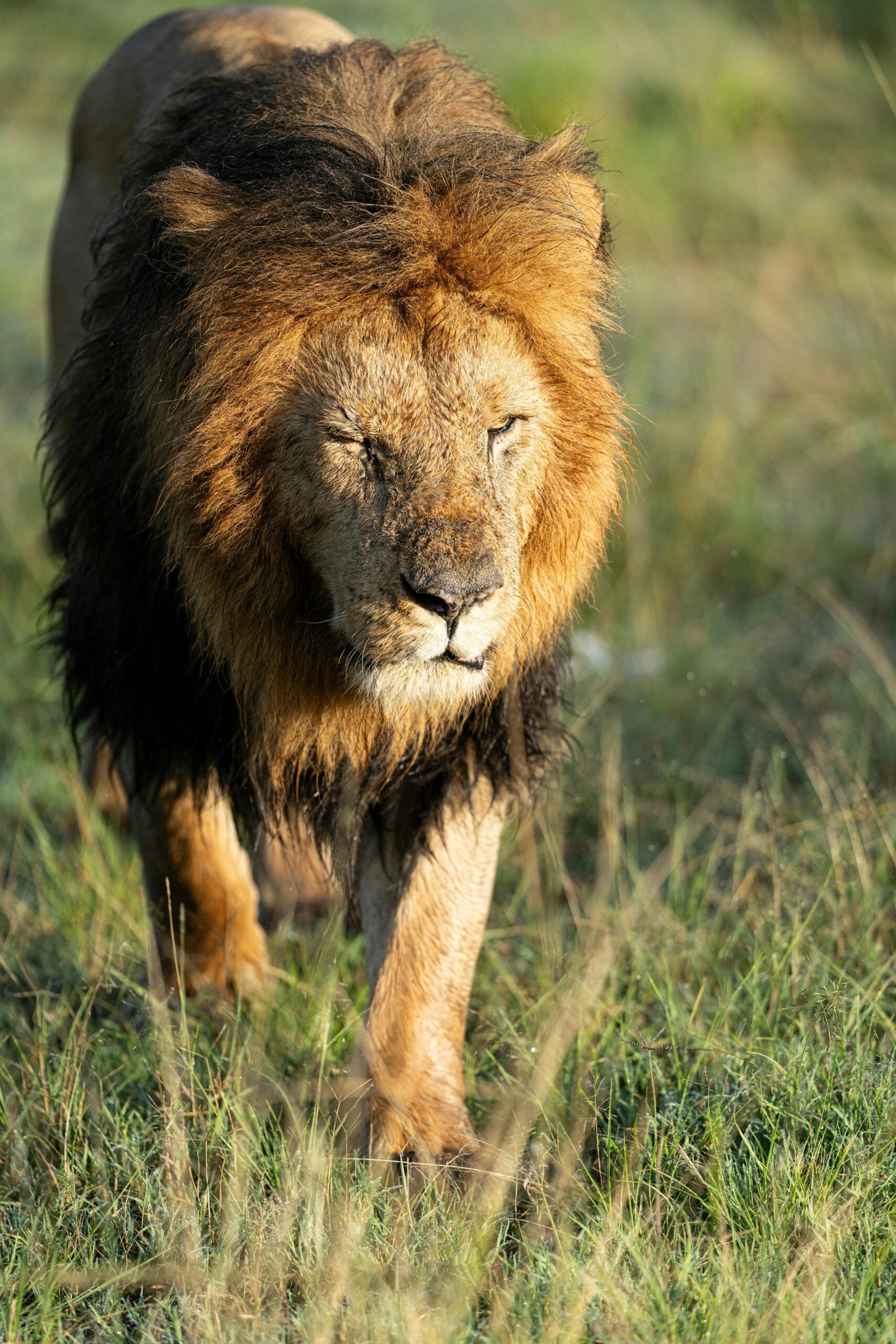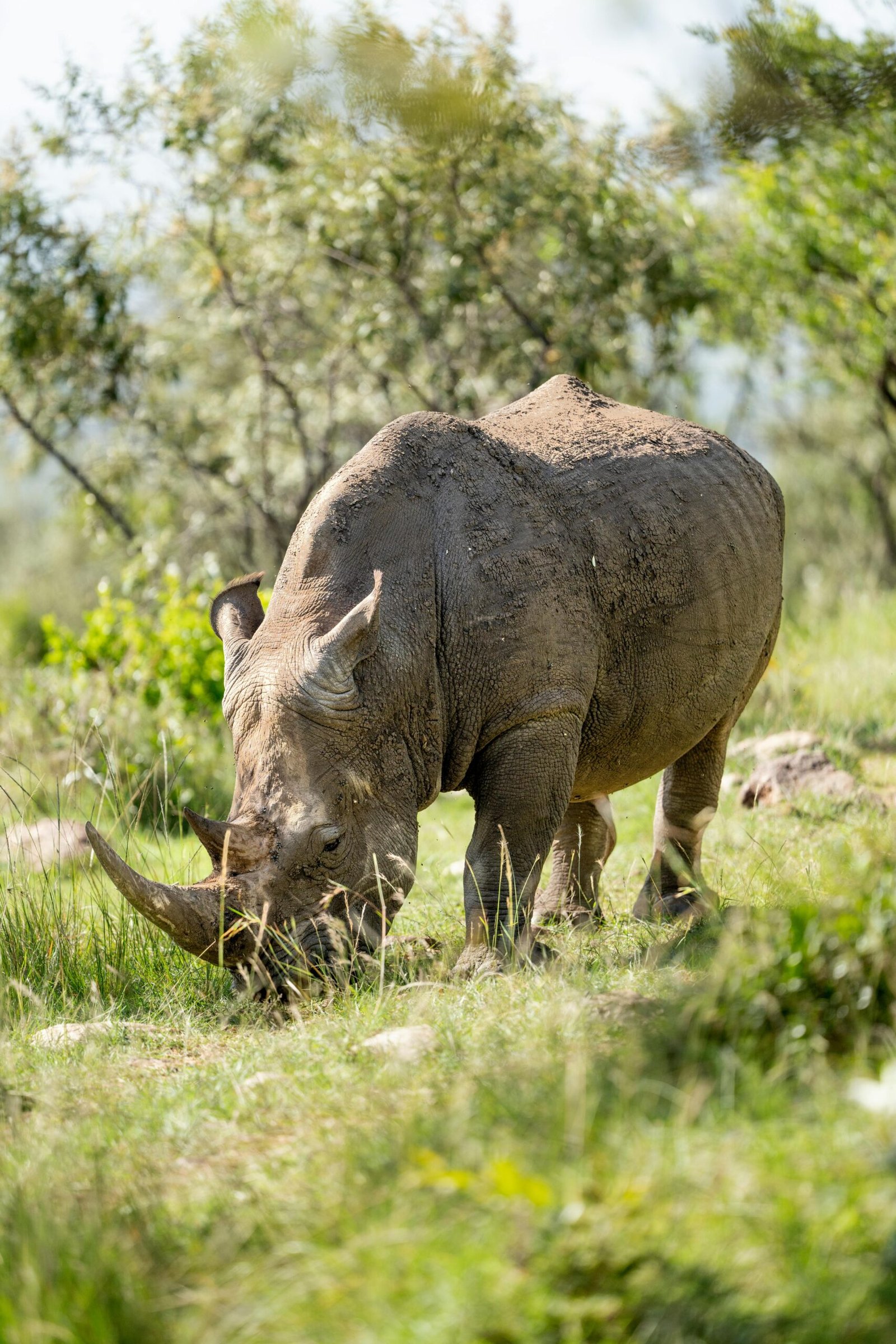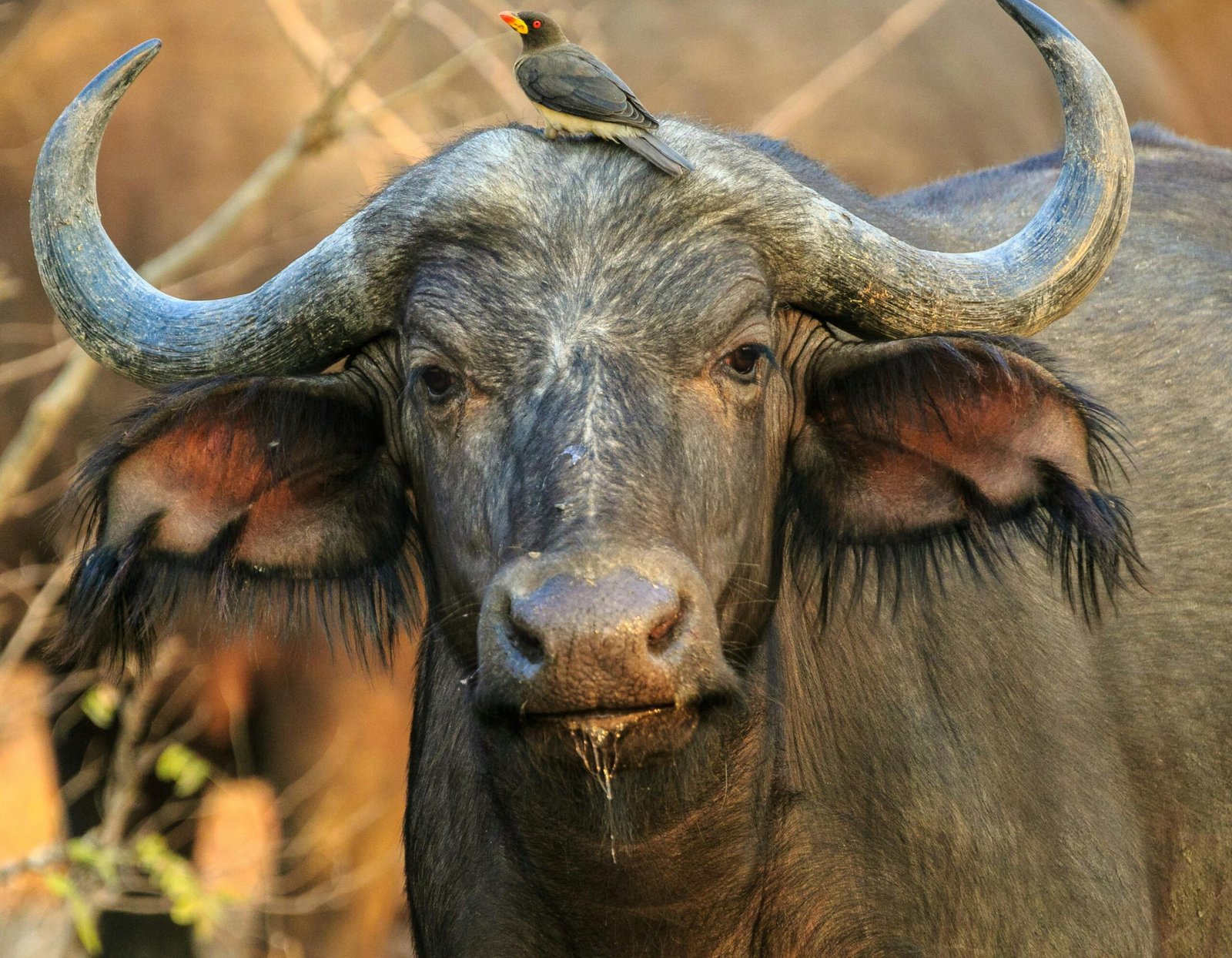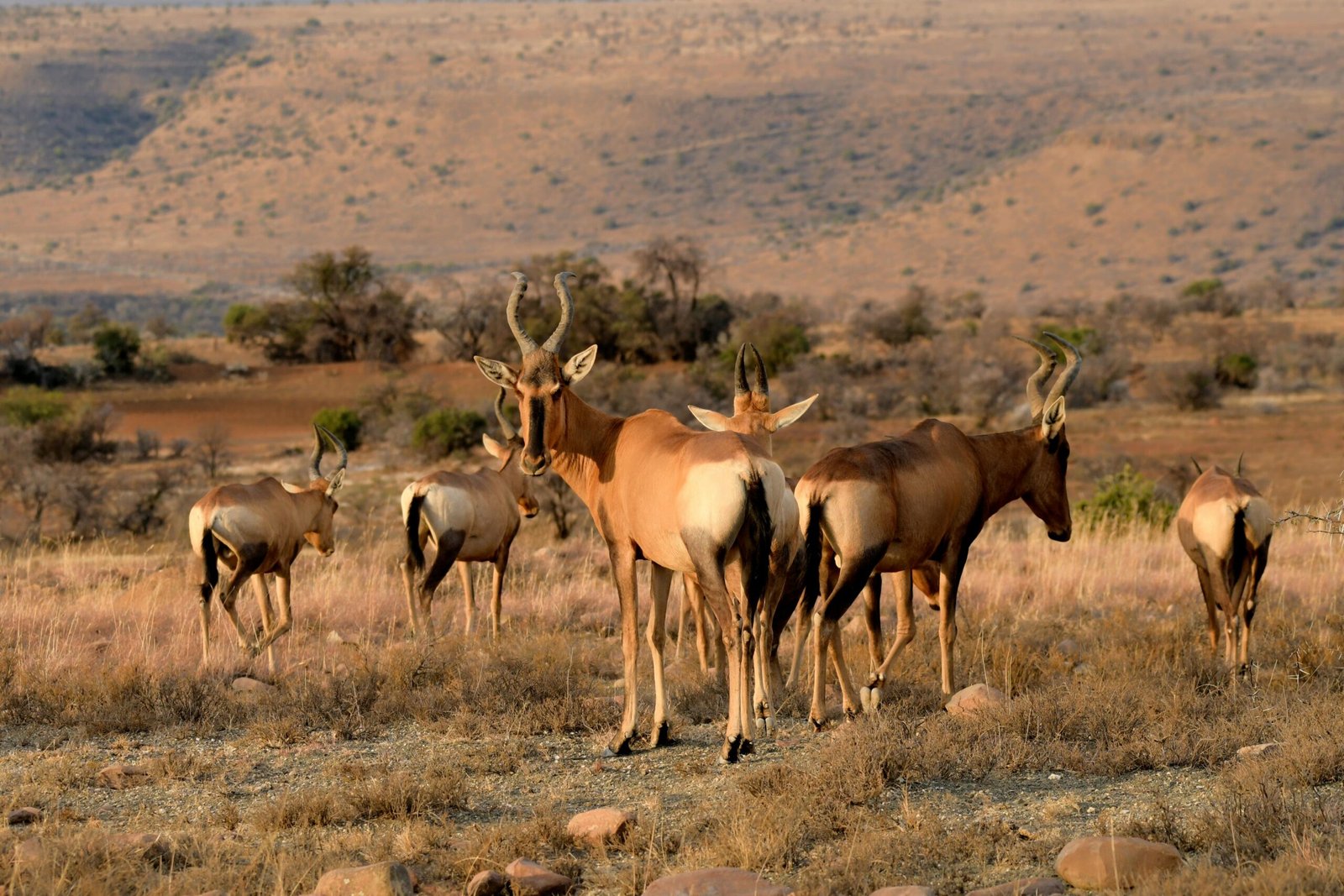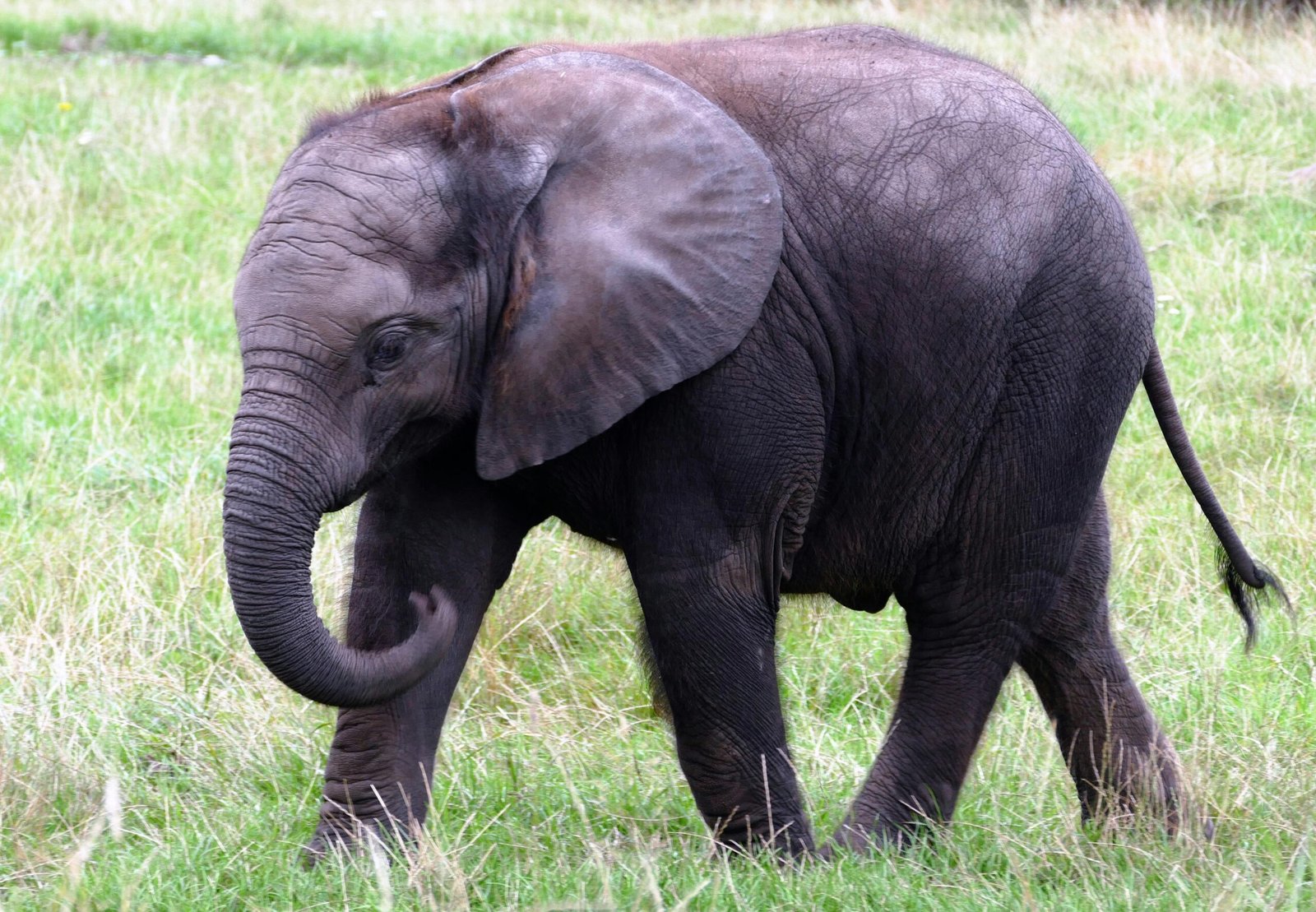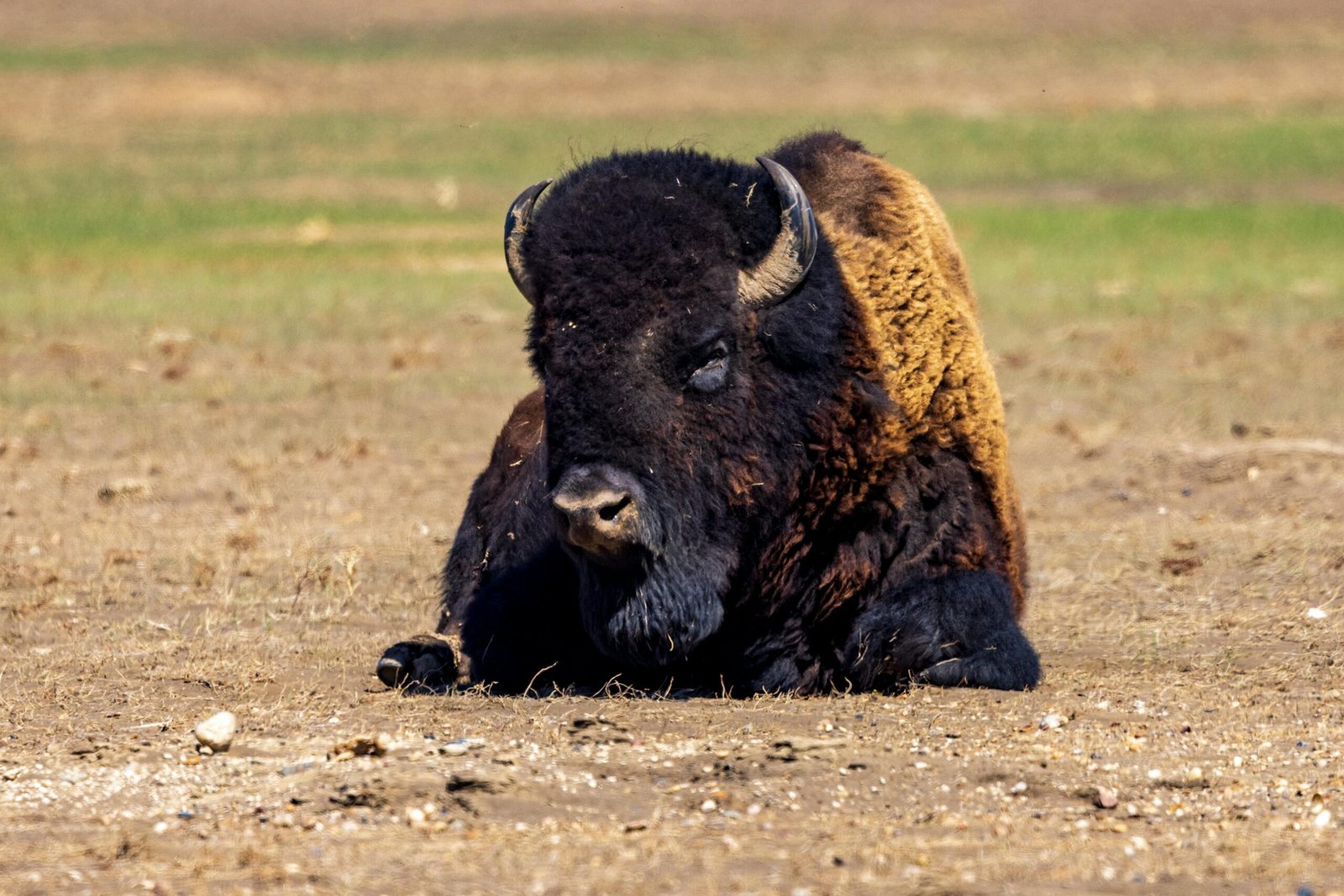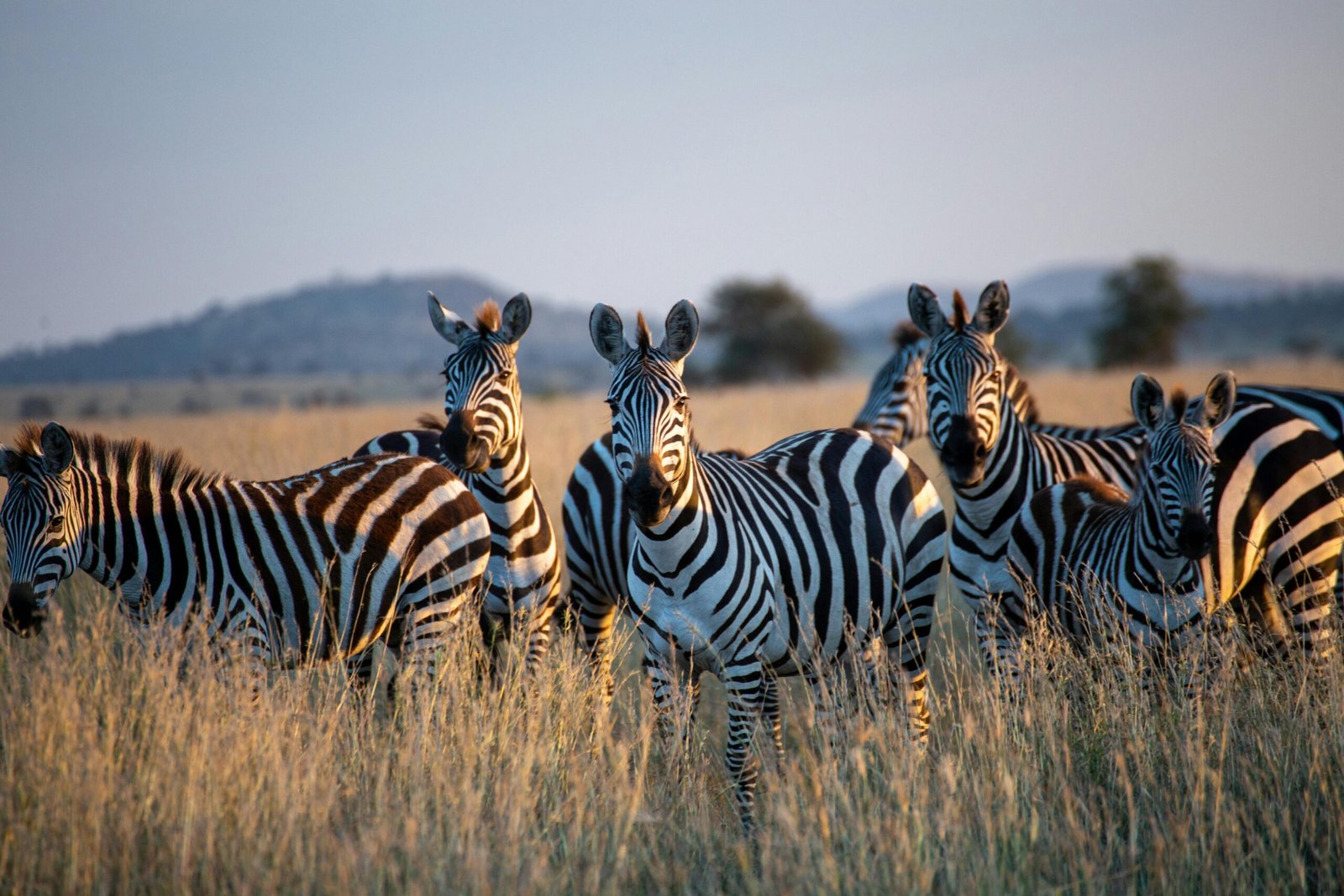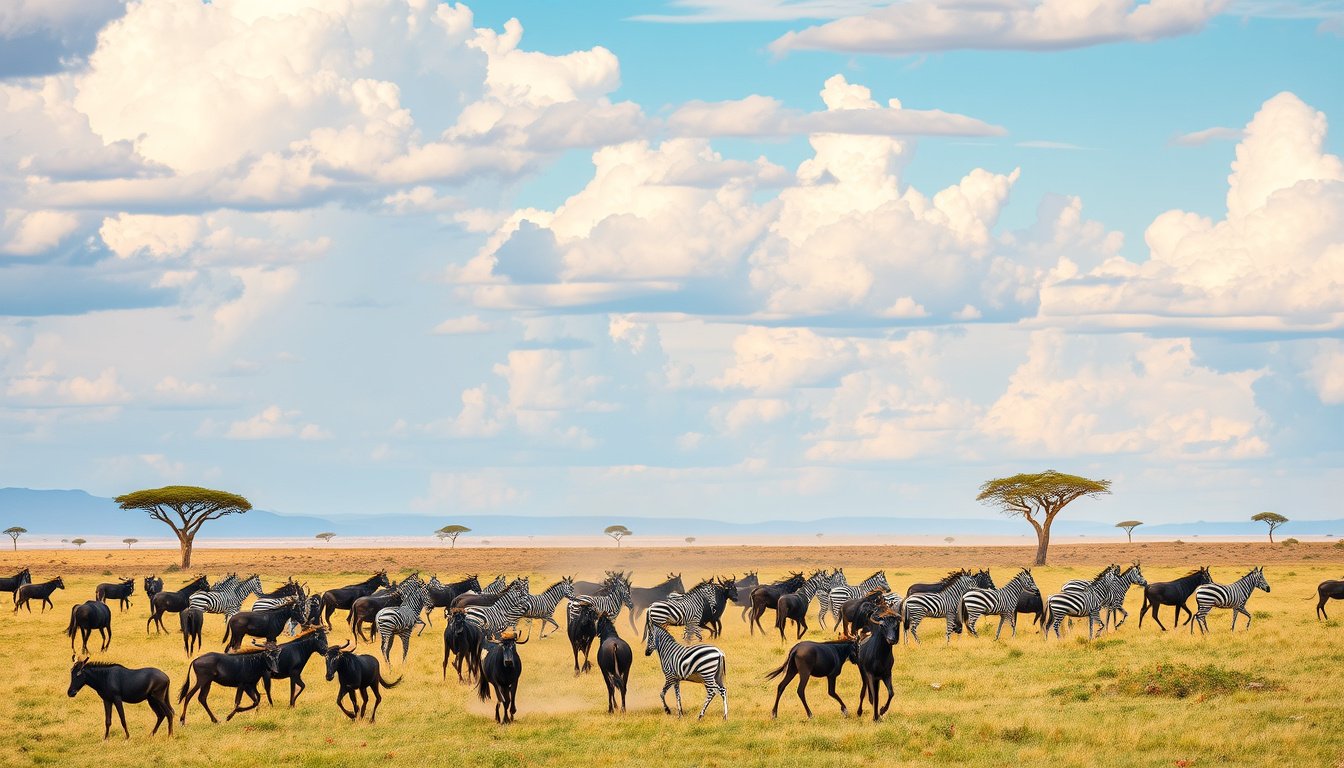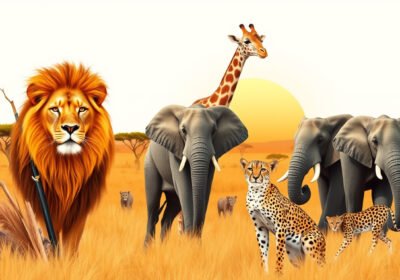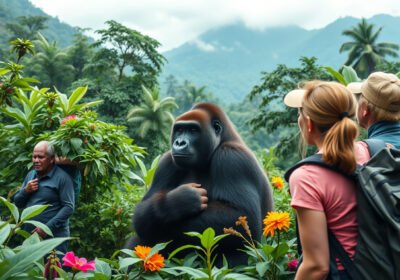The Great Migration is one of nature’s most spectacular events, captivating travelers and wildlife enthusiasts worldwide. This phenomenon occurs annually as millions of wildebeest, zebras, and antelope traverse the grasslands between the Serengeti National Park in Tanzania and the Maasai Mara in Kenya. In this complete guide to the Great Migration in Masai Mara and Serengeti, we delve into the origins and duration of this incredible journey, the key routes traveled by the migrating herds, the diverse wildlife involved, and the best times to witness this breathtaking spectacle. Additionally, we’ll provide practical tips for travelers on how to view the migration effectively while addressing the conservation challenges faced by these magnificent creatures. Prepare for an adventure into one of the greatest shows on Earth, where the circle of life unfolds in its most raw and beautiful form.

Key Takeaways
- The Great Migration is an annual event where millions of wildebeest, zebras, and other animals travel across the Masai Mara and Serengeti.
- The migration typically occurs from June to October, offering the best viewing opportunities during these months.
- Key routes are well-documented, with specific river crossings known for dramatic moments in the migration.
- Travelers can enhance their experience by planning ahead and choosing the right vantage points for wildlife viewing.
- Conservation efforts are critical to maintaining the integrity of the migration and protecting the wildlife involved.
Introduction to the Great Migration
The Great Migration is one of nature’s most breathtaking spectacles, drawing countless visitors to the regions of Masai Mara and Serengeti each year. This spectacular event involves the annual movement of over a million wildebeests, accompanied by thousands of zebras and gazelles, as they journey in search of fresh grazing pastures and water. In this complete guide to the Great Migration in Masai Mara and Serengeti, we will explore the nuances of this incredible phenomenon, including the best times to witness it, the challenges faced by the herds, and why this migration is considered one of the Seven Natural Wonders of Africa. Whether you’re a seasoned safari-goer or planning your first adventure, understanding the Great Migration will enrich your experience in one of the world’s most iconic wildlife destinations.
Origins and Duration of the Migration
The Great Migration, often hailed as one of nature’s most awe-inspiring spectacles, is a phenomenon that takes place annually in the vast landscapes of the Masai Mara and Serengeti ecosystems. This migration primarily involves over a million wildebeest, along with hundreds of thousands of zebras and various antelopes, as they embark on a treacherous journey in search of greener pastures and favorable weather conditions. Originating in the Serengeti National Park in Tanzania, the migration typically kicks off around June, when the wildebeest begin moving northward towards the Masai Mara in Kenya. This journey is characterized by its duration, as it spans approximately 1,800 miles and continues through the dry season until around October, culminating in a dramatic crossing of the Mara River, fraught with both peril and breathtaking beauty. With distinct focal points throughout the year, this guide to the Great Migration in Masai Mara & Serengeti will deepen your understanding of this extraordinary natural event, while also emphasizing the importance of conservation efforts in preserving this unique ecosystem.
‘In every walk with nature one receives far more than he seeks.’ – John Muir

Key Routes of the Migration
The Great Migration is one of nature’s most spectacular events, occurring annually as millions of wildebeest, alongside zebras and gazelles, traverse the vast savannas of the Serengeti in Tanzania and the Masai Mara in Kenya. In this complete guide to the Great Migration in Masai Mara & Serengeti, we will explore the key routes of this incredible journey. Typically, the migration begins in the southern Serengeti where the herds gather to calve between December and March. As the rains end, the animals gradually move northwest towards the Grumeti River, facing numerous challenges along the way, including perilous river crossings and predators lurking in the grass. By June and July, the herds often reach the Masai Mara, where they can be observed grazing on the lush pastures. In October, as the dry season returns, these majestic creatures move back into the Serengeti, completing a circular journey that spans approximately 1,800 miles. Understanding these key routes not only enhances your wildlife viewing experience but also highlights the resilience and instinctual behavior of these animals.
Wildlife Involved in the Great Migration
The Great Migration is a breathtaking natural phenomenon that unfolds each year in the Serengeti National Park in Tanzania and the Masai Mara National Reserve in Kenya. A complete guide to the Great Migration reveals that it involves over two million wildebeest, zebras, and various antelope traversing the savannahs in search of greener pastures and water sources. Wildebeest, often referred to as gnus, are the stars of this grand movement, known for their instinct-driven journeys that include numerous challenges and dangers, primarily from predators like lions, crocodiles, and hyenas. Zebras, with their unique black-and-white stripes, join the migration for both companionship and the protective advantages they gain from traveling alongside larger herds. This incredible event not only highlights the interdependence of various species but also emphasizes the importance of conservation efforts in maintaining the delicate balance of these ecosystems. For anyone interested in this once-in-a-lifetime spectacle, understanding the wildlife involved in the Great Migration is key to appreciating the beauty and resilience of nature.

Best Time to Experience the Migration
The best time to experience the migration during the Great Migration in Masai Mara & Serengeti is typically between July and October. This period marks the climax of one of nature’s most spectacular events, where millions of wildebeest and zebra traverse the plains in search of fresh grazing grounds. During these months, visitors can witness the breathtaking river crossings at the Mara River, where herds face dangerous crocodiles lurking beneath the surface. It’s a thrilling experience that showcases the dramatic survival instinct of these animals. Additionally, the weather during this period is generally favorable, making it ideal for safari vehicles to navigate the region’s diverse terrain. For those planning their trip, booking accommodations in advance is essential, as lodges and camps often fill quickly due to the high demand during this peak season.
Tips for Travelers: Viewing the Migration
If you’re planning a trip to witness one of nature’s most breathtaking spectacles, then look no further than this complete guide to the Great Migration in Masai Mara & Serengeti. This annual event sees millions of wildebeest, zebras, and other majestic wildlife traverse the plains of East Africa in search of greener pastures. To maximize your experience, consider these essential tips for travelers. First, timing is crucial; the migration typically peaks between July and October when the herds cross the Mara River. Booking your accommodations well in advance is essential, as spots fill up quickly during this peak period. Additionally, opt for guided tours led by experienced local guides who understand the terrain and animal behavior, providing you with an intimate and informed perspective of the migration. Lastly, don’t forget to pack a good pair of binoculars and a camera with a zoom lens to capture the incredible sights from a safe distance. Following these tips will help ensure your journey to view the Great Migration is both memorable and rewarding.

Conservation Challenges and Efforts
The Great Migration in Masai Mara and Serengeti is one of nature’s most spectacular events, yet it faces numerous conservation challenges that threaten its very existence. As millions of wildebeest and other animals traverse these iconic landscapes in search of greener pastures, issues such as climate change, poaching, and human encroachment pose significant risks. Many conservation efforts are underway to ensure the sustainability of this migratory phenomenon. Organizations are working tirelessly to protect migratory routes, implement wildlife corridor projects, and promote sustainable tourism practices that benefit the local communities while preserving this crucial ecosystem. Understanding the challenges and ongoing efforts is essential for anyone looking to appreciate or participate in the Great Migration, making it a critical aspect of A Complete Guide to the Great Migration in Masai Mara & Serengeti.
Frequently Asked Questions
What is the Great Migration?
The Great Migration is an annual event where millions of wildebeest, zebras, and other herbivores travel from the Serengeti in Tanzania to the Masai Mara in Kenya in search of greener pastures and water.
When does the Great Migration occur?
The Great Migration typically occurs from June to October, with the peak crossing of the Mara River happening between July and August.
What are the key wildlife species involved in the migration?
The key species involved in the Great Migration include wildebeest, zebras, and various antelope species, along with predators such as lions, cheetahs, and crocodiles that follow the herd.
What are some tips for travelers wanting to view the Great Migration?
Travelers should book safaris well in advance, choose the right time to visit, stay in locations near key crossing points, and consider hiring experienced guides for the best viewing experiences.
What conservation challenges does the Great Migration face?
The Great Migration faces challenges such as habitat loss due to agriculture and human settlement, climate change affecting grazing patterns, and poaching of wildlife. Conservation efforts are in place to protect these ecosystems and the species that depend on them.

